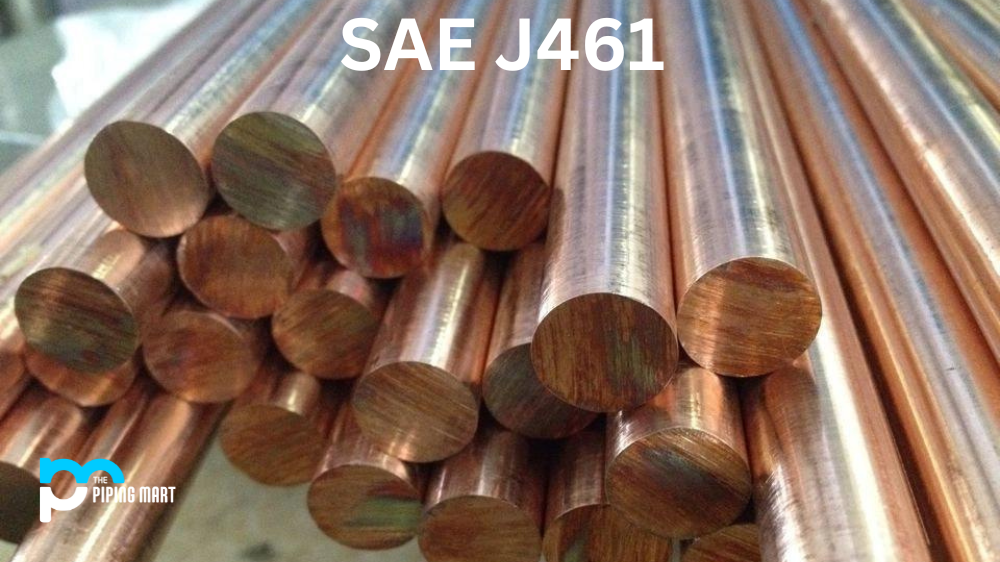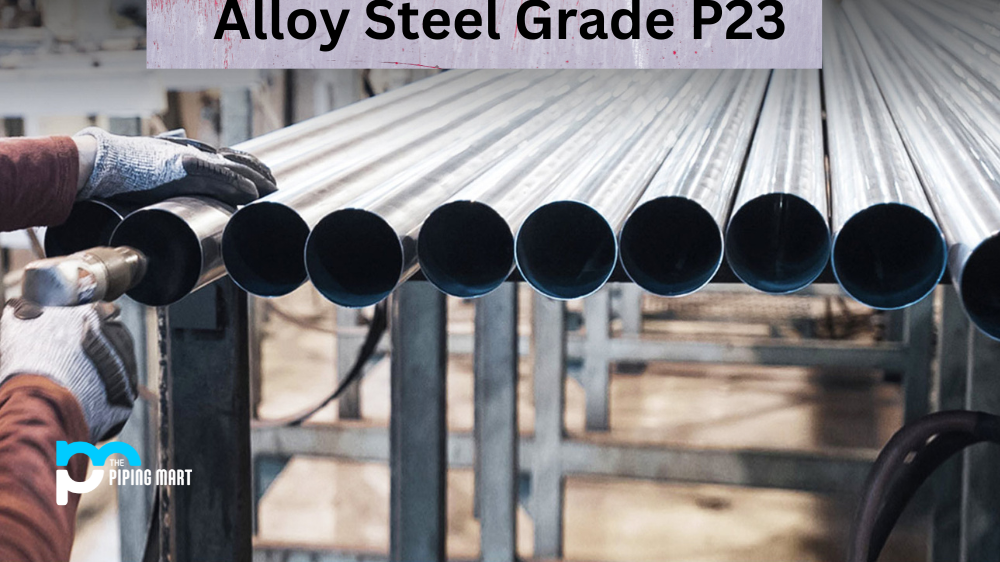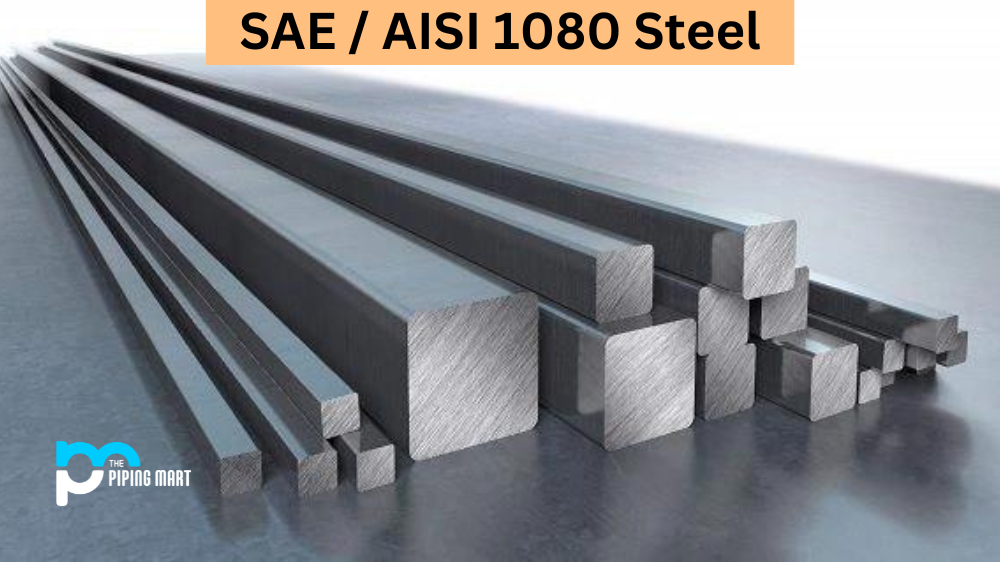In engineering, Nickel Rene 41 is a well-known and highly desirable superalloy. It is popular among engineers due to its exceptional high-temperature strength, outstanding corrosion, and oxidation resistance, which makes it ideal for use in extreme environments. When you combine good machinability and weldability properties with strength, you get a superalloy that can withstand the toughest high-temperature applications. This blog post will look in-depth at Nickel Rene 41’s composition, mechanical and physical properties, uses, corrosion resistance, heat treatment, and machining and welding capabilities.
Nickel Rene 41 Composition
Nickel Rene 41 is a nickel-chromium superalloy containing cobalt, molybdenum, and titanium. This alloy’s composition is responsible for its excellent high-temperature strength and resistance to oxidation and corrosion. It also has a low coefficient of thermal expansion, making it ideal for use in turbine blades, aerospace structures, and other high-temperature applications.
Nickel Rene 41 Mechanical Properties
Nickel Rene 41 is known for its high-temperature strength, excellent creep resistance, and low thermal expansion properties. It can maintain its tensile strength even at temperatures exceeding 1200°F (648°C). This makes it perfect for manufacturing turbine wheels, gas turbine nozzles, and other high-temperature components used in aviation and aerospace industries.
| Properties | Metric | Imperial |
|---|---|---|
| Hardness, Brinell | 334/td> | 334 |
| Hardness, Knoop | 363 | 363 |
| Hardness, Rockwell C | 36 | 36 |
| Hardness, Vickers | 349 | 349 |
| Tensile Strength, Ultimate | 1241 MPa | 180,000 psi |
| Tensile Strength, Yield | 793 MPa | 115,000 |
| Elongation at Break | 20% | 20% |
| Reduction of Area | 25% | 25% |
Nickel Rene 41 Physical Properties
Nickel Rene 41 has a density of 0.297 lb/in^3 and a melting point of 2510°F (1382°C). The alloy’s thermal expansion coefficient is low, at 6.68 x10^-6 in/in/°F (12.02 x10^-6 m/m/°C), which means there will be minimal distortion when subjected to variations in temperature. It also has excellent thermal conductivity and specific heat capacity, which makes it suitable for high-temperature applications.
Nickel Rene 41 Specifications
- AMS 5545
- AMS 5712
- AMS 5713
- AMS 5800
- EN 2.4973
- GE B50T59
- GE B50TF109
- GE B50TF76
- UNS N07041
- Werkstoff 2.4973
Nickel Rene 41 Uses
Nickel Rene 41 is used in high-temperature applications requiring excellent strength, oxidation, and corrosion resistance. It is commonly used in aerospace and aviation industries to manufacture hot-section components, such as turbine wheels and gas turbine nozzles. It is also used in the petrochemical industry for reactors, heat exchangers, and pipes.
Nickel Rene 41 Corrosion Resistance
Nickel Rene 41 has excellent corrosion resistance in both oxidizing and reducing environments. It is resistant to stress corrosion cracking and hydrogen embrittlement, which makes it ideal for high-pressure and high-temperature applications. It is also used in environments that contain sulfuric acid, phosphoric acid, and nitric acid.
Nickel Rene 41 Heat Treatment
Nickel Rene 41 can be heat-treated by annealing, solutionizing, or precipitation hardening. Annealing is done at a temperature range of 1800°F to 1900°F (982°C to 1038°C), while solutionizing is carried out at temperatures above 2150°F (1177°C). Precipitation hardening can be done at temperatures ranging from 1300°F to 1600°F (704°C to 871°C). Heat treatments help to improve the alloy’s mechanical properties.
Nickel Rene 41 Machining
Nickel Rene 41 has good machinability properties; however, it can be challenging to machine due to its high strength and work-hardening tendency. Machining processes, such as turning, milling, and drilling, require suitable cutting tools and lubrication to minimize the formation of built-up edges. Machining is usually carried out in the annealed or solutionized state.
Nickel Rene 41 Welding
Nickel Rene 41 can be welded using various welding techniques, such as gas tungsten arc welding (GTAW), gas metal arc welding (GMAW), and plasma arc welding (PAW). GTAW is commonly used for welding thin sections, while GMAW is helpful when welding thicker sections. Welding should be carried out by experienced welders using suitable filler metals, with proper precautions to avoid issues like heat-affected zone brittleness and weld cracking.
Conclusion
Nickel Rene 41 is an excellent high-temperature alloy with exceptional mechanical and physical properties, making it ideal for use in extreme environments. Its composition, including nickel, chromium, cobalt, molybdenum, and titanium, contributes to its high-temperature strength, creep resistance, and excellent corrosion and oxidation resistance. Due to these properties, it is widely used in aerospace, aviation, and petrochemical industries for manufacturing hot-section components such as turbine wheels and gas turbine nozzles. Understanding this superalloy’s mechanical and physical properties is essential in designing high-temperature equipment that can perform in harsh environments.

Abhishek is a seasoned blogger and industry expert, sharing his insights and knowledge on various topics. With his research, Abhishek offers valuable insights and tips for professionals and enthusiasts. Follow him for expert advice on the latest trends and developments in the metal industry.




